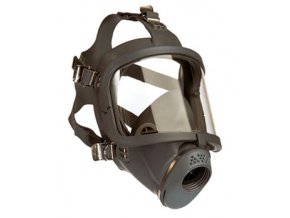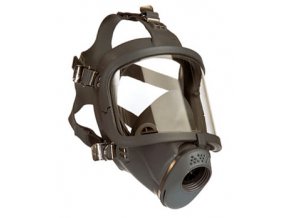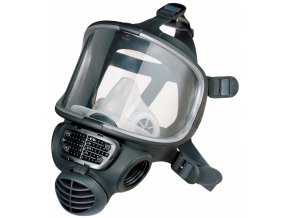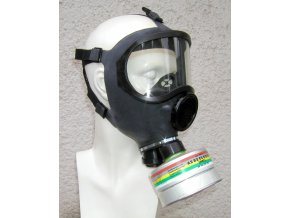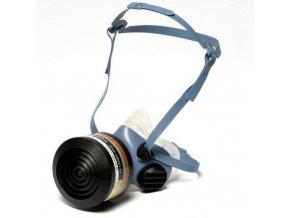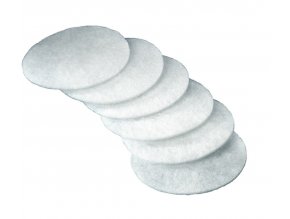› Respiratory protection › Filters for Respiratory Masks › Scott PRO 2000 NATO Thread Filters › Filter combined A2B2-P3, CF22 SCOTT (thread 40x1/7")
Filter combined A2B2-P3, CF22 SCOTT (thread 40x1/7")
Description
Combination filter A2B2-P3, CF 22 SCOTT (40x1/7" thread)

The PRO2000 series filters offer users a complete solution for protection against hazardous substances. They are designed primarily for use with SCOTT respiratory protective equipment. The filter is fastened with a 40x1/7 connection thread according to EN 148-1.
The A2B2-P3 filter protects against:
organic gases and vapours with a boiling point above 65 °C, inorganic gases and vapours, solid particles.
- Hydrocarbons e.g.: toluene, benzene, xylene, styrene, cyclohexane, trichloroethylene, carbon tetrachloride
- Organic solvents and diluents, e.g.: gasoline, kerosene, diesel, mineral turpentine, ethylene glycol, methyl isobutyl ketone, isobutanol, etc
- inorganic gases and vapours, e.g. fluorine, chlorine, hydrogen sulphide, hydrogen cyanide, hydrogen bromide, hydrogen chloride or hydrogen peroxide
- solid particles in the form of liquid and solid aerosols e.g: dust, fibres, toxic and non-toxic fumes, bacteria, viruses, radioactive particles
* other captured substances are available in the detailed documentation
Properties
- They capture hazardous particles such as particulate matter, fibres, mineral dust, smoke, metal fumes, aerosols, microorganisms and radioactive particles.
- Protects the user against a wide range of hazardous gases and vapours.
- They provide protection against hazardous particles as well as gases and vapours.
Particulate filter features
- Premium microfibers together with advanced manufacturing technology allow for a unique homogeneous structure of the filter material and thus excellent filtration efficiency.
- The PF10P3 particulate filter can capture hazardous particles with 99.999% efficiency.
- The filter material is extremely non-wetting.
- The large filtration surface reduces the likelihood of congestion or increased breathing resistance.
Properties of gas filters
- SCOTT uses the highest quality raw materials to produce activated carbon, which is further refined using unique technological processes to achieve ideal sorption properties.
- The microporous structure of the activated carbon creates a huge filtration surface, which is the key to excellent filtration efficiency.
- The main advantages of these filters are also the large amount of pollutants absorbed and the long protection time.
- The minimal amount of activated carbon allows the filter to be lightened, which brings a real advantage to the user - low breathing resistance.
- Due to the quality of the sorption material, the PRO2000 series filters can significantly exceed the requirements of the relevant standards with only 220-320 ml activated carbon volume.
Particulate filter protection time
- In use, the filter gradually becomes clogged with particles and moisture, increasing its breathing resistance. When it increases significantly, the filter must be replaced.
- If a particulate filter is deployed against radioactive substances, microorganisms or enzymes, only single use is recommended.
- Combination filters must be replaced immediately when there is a significant increase in breathing resistance.
Related products
Be the first who will post an article to this item!



